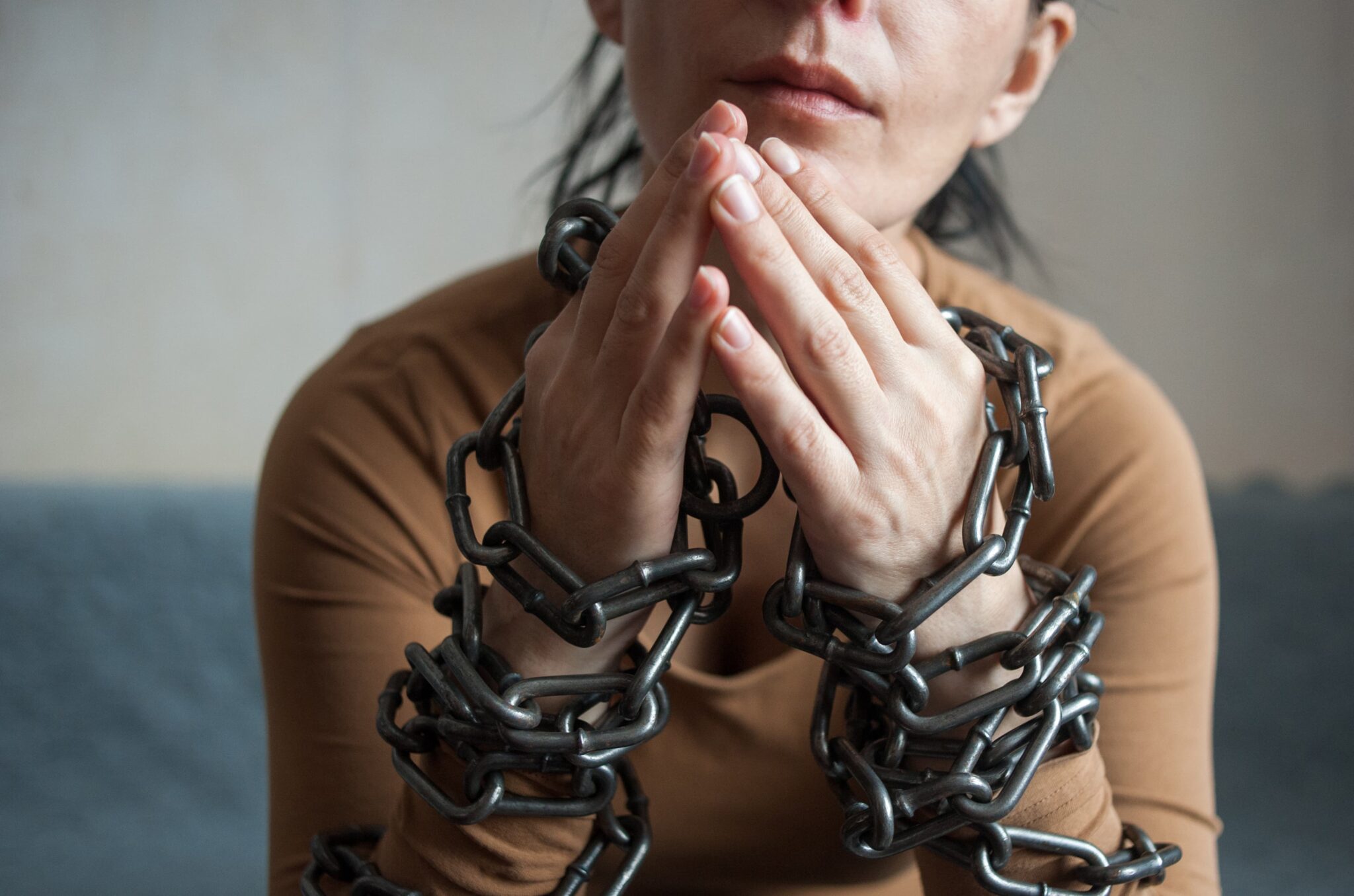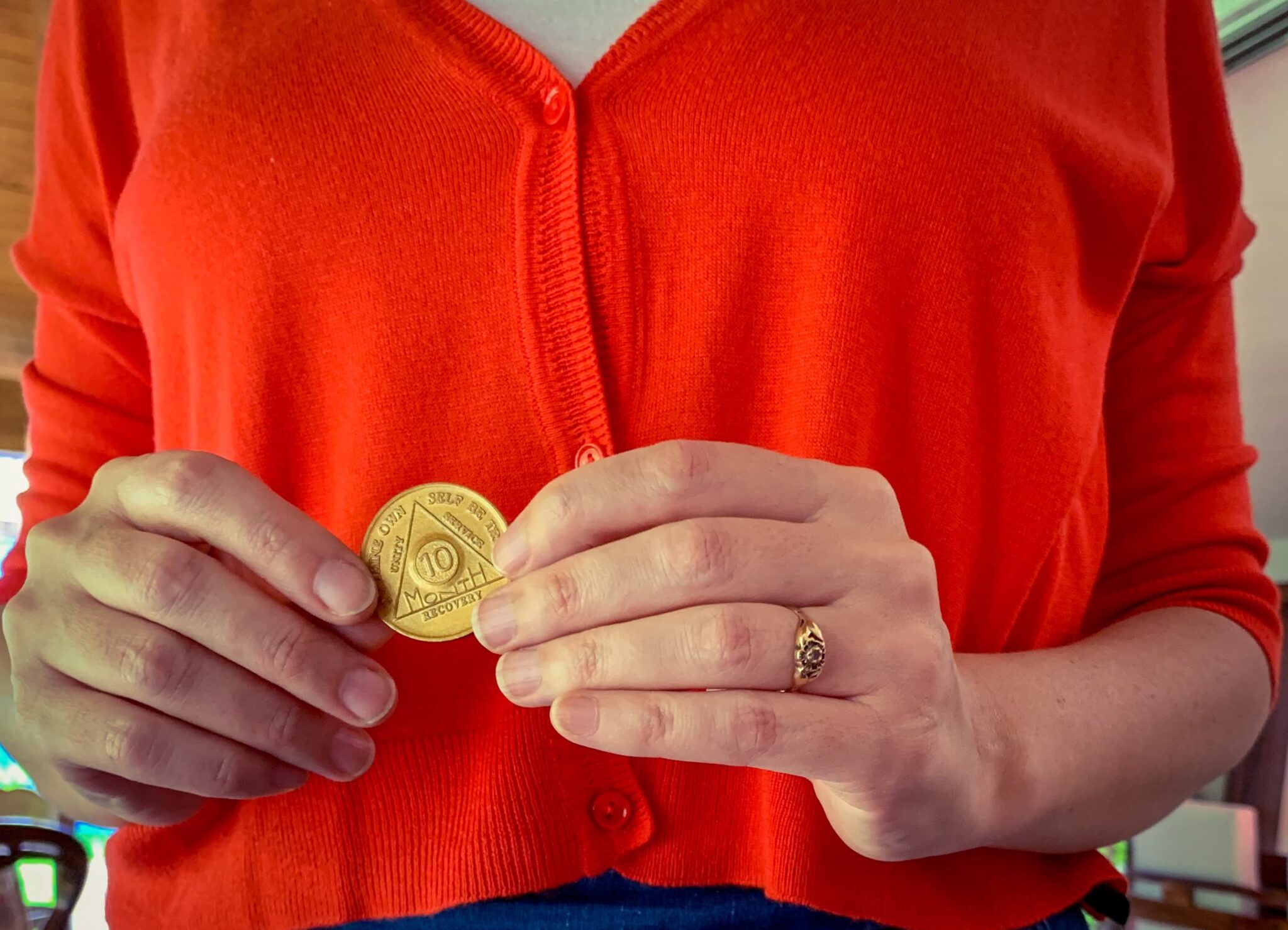TL;DR
Five actual recovery stories show how discipline, honesty, and connection can help people rebuild their lives. Click below to explore each one.
- Ava — From “I can’t” to “I’m able”
- Marcus — Rebuilding trust at home
- Lina — Getting a sober social life
- Tom — Dealing with stress without drugs
- Janelle — College, cravings, and balance
- What all of these stories have in common
- When things go wrong
- How to use these stories to help you heal
- If you’re helping someone you care about
- Your story is still being told
There is no direct route to recovery. It’s the doubts that come late at night, the modest successes that no one sees, and the moment you realize you’re stronger than you were yesterday. Every day at Comfort Recovery Center, we see real people doing the work and making new lives one honest step at a time. We have permission to share these tales, but we altered the names and changed certain information to keep them private. The bravery is real.
Ava, 27 — From “I can’t” to “I can”
Ava came tired and sure that she had “failed” too many times to try again. It took time for the change to happen. It started with getting enough sleep, eating regular meals, and going to group even when she didn’t want to talk. A counselor helped her stop thinking in all-or-nothing terms and start thinking in “good enough” terms. She began daily habits like morning check-ins, short walks, and evening calls to a supportive friend. After 90 days, her tone shifted from “I’m broken” to “I’m learning.” Her biggest realization: consistency is stronger than intensity. She now celebrates ordinary days—because ordinary is stable, and stable is powerful.
Marcus, 41 — Building trust at home again
Marcus wanted to “fix everything” in a week. Instead, he learned to keep simple, visible promises: arriving on time for dinner, avoiding last-minute cancellations, and putting his phone on “focus mode” during family time. He drafted a two-sentence apology, identified a specific repair, and did it without speeches. Over time, proof replaced promises. His partner told him, “I trust what you repeat.” Today, Marcus tracks three things daily—sleep, movement, and connection—and credits these with keeping his home calm and his recovery strong.
Lina, 33 — How to have a sober social life
Lina’s biggest trigger was loneliness. She built a “Sober Week Map”: two peer-support meetings, one creative block (journaling or painting), one physical activity (yoga or a walk), and one low-stakes hangout (coffee, not cocktails). She practiced short lines to manage social pressure—“early morning,” “health goals,” “not drinking tonight”—and always had her own ride to leave early. Her turning point came when she realized joy doesn’t have to be earned or escaped. “I didn’t lose my social life,” she says. “I built a better one.”
Tom, 54 — Dealing with stress without numbing it
Tom’s relapses always followed stressful work cycles. He replaced those white-knuckle weeks with a “pressure protocol”: early sunlight and a 15-minute walk, a 90-second breathing reset before big tasks, and a consistent nighttime routine (light dinner, screens off, lights down). He told his boss about protecting focus time and scheduled therapy like any other meeting. When stress rose, he asked, “What support turns this from a cliff into a hill?” That mindset shift, combined with structure, helped him succeed during a promotion he once thought impossible.
Janelle, 22 — College, cravings, and finding balance
Janelle believed sobriety and college couldn’t coexist. She proved herself wrong with a “class-first, recovery-first” schedule—same wake-up time, study in the morning, meetings in the afternoon, and bedtime protected. Instead of aiming for perfection, she aimed for “five solid days.” She joined a campus recovery group, changed her study space, and practiced micro-wins: five flashcards, five notes, five minutes of movement. “I stopped waiting to feel inspired,” she says. “I let small momentum carry me.”
What these stories have in common
- Structure over willpower: Routines make decisions easier and protect your best choices.
- Small, consistent actions: Visible follow-through builds trust faster than promises.
- Community that fits: The right peers turn recovery from isolation into connection.
- Body basics matter: Sleep, nutrition, and sunlight stabilize mood and focus.
- Language shifts behavior: From “I can’t” to “I’m learning,” and from “perfect” to “consistent.”
When things go wrong
Every recovery story has risks, hard days, and temptations to give up. The difference isn’t luck—it’s a plan. A simple three-step method helps:
- Contact someone within 15 minutes.
- Do something positive within 24 hours (meeting, walk, rest, meal).
- Reflect on what you learned (people, places, feelings) without shame.
Setbacks are not verdicts—they’re feedback. With support, they can become turning points. Read more on resilience at the NIDA Recovery Research.
How to use these stories to help you heal
Choose one new habit to try for seven days. Maybe a morning anchor (light, breath, reflection) or an evening anchor (journaling, screen-free time, rest). Choose one connection point—a peer group, a counselor, or a trusted friend. Track effort, not perfection. If you lose rhythm, start again tomorrow. Growth builds layer by layer.
If you’re helping someone you care about
Trust actions more than words. Encourage structure over speeches. Ask, “What would make tomorrow easier?” instead of “Why wasn’t today perfect?” Celebrate small, visible wins—on-time arrivals, early exits, honest talks. Recovery grows strongest in environments of safety and accountability.
Your story is still being told
Whether you’re starting out or building strength in year two, your story matters—and it might inspire the next person. To learn how Comfort Recovery Center can support your journey with evidence-based care and compassionate staff, visit our Contact Page or explore the Programs section.








